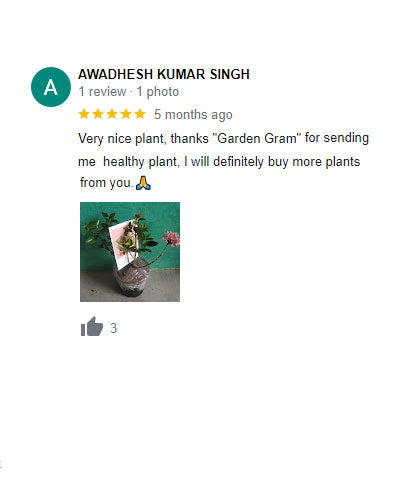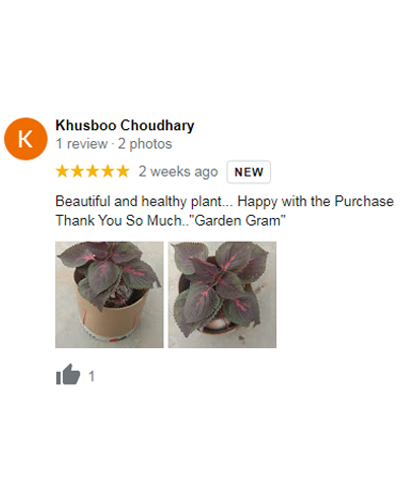Potting Mix – What is really in it?
Hello plant lovers,
Finding the right potting mix for your container garden is essential for a successful urban garden. A good potting mix can make all the difference between a smelly, unproductive and unweildly container garden and one full of vibrant, healthy plants. Well, let us dig more to upgrade our knowledge about potting mixes.
History of potting mixes
While we don’t know the first, we do know the best. The invention of Cornell Mix in the 1960’s by James Boodley & team at Cornell University brought the houseplant industry into life.
What is potting mix?
Potting soil, also known as potting mix or miracle soil, is a substrate in which we can grow plants, herbs and vegetables in a pot or other durable container. Most potting mixes contain peat, along with perlite and compost. Different mixes may have vermiculite, wood chips, sand or other materials added. Let us understand the role of different components in potting mixes.
Components of potting mix-
1. Peat moss - Peat moss comes from the peat bogs of the northern United States and Canada; this is usually considered the higher quality type of peat moss. It provides good moisture retaining quality with good air space for healthy growing roots. For acid loving plants, like azaleas or Hydrangeas, this is sometimes the very best potting mix, however, for most flowering annuals peat moss by itself is too acidic. So, it is usually best to go with a blended potting mix that has all three ingredients.
2. Pine Bark – It acts to provide some moisture and fertilizer retention in soil, and also a bit more air space. All by itself pine bark does not provide enough of anything to really support plant life, but once it is mixed with peat moss - pine bark adds a new dimension and helps extend the ‘life’ of the potting mix by being relatively slow to break down.
3. Perlite & vermiculite - Perlite & Vermiculite are both volcanic in origin and both are put into potting mix to provide additional air space and to lighten things up so a potting mix is not too dense and heavy. Perlite does not provide any nutritional benefit and can collect fluoride if water containing it. That means that flouride concentrates after a while and can burn the leaf tips of some houseplants like Dracaena and spider plant (Chlorophytum). It is rarely a problem with any outdoor flowering plants, so don’t worry if it is in your potting soil unless you are growing these plants. Vermiculite is a bit different in that it holds a lot of moisture and can also hold onto fertilizer for a period of time by helping to keep nutrients around the roots of your plants instead of washing out the bottom of the pot. There are even soil mixes that recycle styrofoam to serve the same purpose as perlite and vermiculite, this is also fine, but eventually the styrofoam rises to the top of the pot and blows in the wind, which can be a bit annoying.
Conclusion
Hence, keeping in mind the features that we read above, we would recommend using a potting mix and not regular soil to grow plants, herbs and vegetables that are indoors. Also, because soil is heavier than potting mix and will add unnecessary weight to your containers. It could even be detrimental to your plants health; indoor plants need good air circulation in their roots system and using soil in a planter that is often too heavy and compact makes it virtually impossible for plant roots to spread and blocks moisture from penetrating the soil. As a result, diseases and bacterias can easily creep in your plant and attack it — essentially, your plant could die.
Gardengram understands this and gives one stop solution for the potting mix problem, by providing ready mix packages in which all the essential nutrients are there.
#happy gardening with Gardengram













